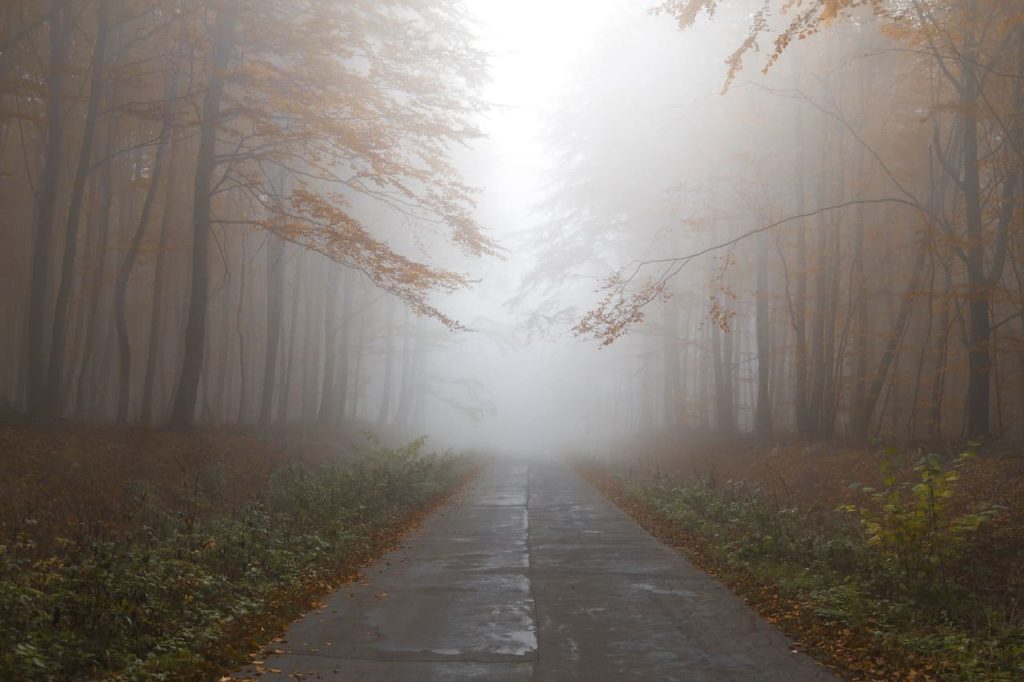
Ah, fog warnings—those eerie, slightly romantic alerts that tug at your sense of wonder and also scream, “Be careful, you clumsy human!” You’ve probably encountered one, whether it popped up on your weather app, a highway sign, or your grandma warning you before you drove off into the abyss. But have you ever stopped to think about how they’re more than just weather updates? Let’s dive into this misty topic (pun totally intended) and explore why fog warnings matter, with a touch of my very human musings along the way.
What’s the Deal with Fog Warnings?
First, let’s get nerdy for a second. Fog happens when water droplets hover close to the ground, reducing visibility. When conditions are right—cool air, moisture, calm winds—fog rolls in like nature’s soft-focus filter. Beautiful? Sure. But also incredibly risky for drivers, pilots, and even pedestrians. That’s where fog warnings come in.
A fog warning is like nature texting, “Heads up, visibility is trash right now.” These warnings are issued when dense fog is expected, meaning visibility might drop to less than a quarter of a mile. And trust me, that’s nothing when you’re hurtling down the freeway at 70 mph. (Not that I’m condoning speeding, of course.)
Why Fog Warnings Matter More Than You Think
I’ll admit it—when I used to see fog warnings, my first thought was, “Great, my commute is going to suck.” But fog is no joke. It’s responsible for thousands of accidents every year. Ever heard of “freezing fog”? That stuff is straight out of a villain’s lair. Not only does it obscure your vision, but it also ices up roads faster than you can say “black ice.”
But here’s the thing: fog warnings aren’t just about you (or me). They help emergency services prepare, airports adjust schedules, and even shipping lanes avoid disaster. It’s a whole domino effect of safety measures that start with that simple warning.
My Personal Fog Encounter (Spoiler: It Was Terrifying)
Here’s a little story for you: I once got caught in dense fog on a mountain road. Picture this—pitch-black night, visibility down to what felt like zero, and me gripping the steering wheel like it was my lifeline. Every turn felt like a gamble. The fog was so thick, even my high beams gave up. Honestly, I half-expected a ghost to pop out of nowhere.
That experience taught me two things:
- Fog warnings are not optional suggestions.
- Always, always keep your fog lights in working order.
What to Do When a Fog Warning Hits
If you’ve ever wondered, “Okay, but what am I supposed to actually do?” here’s the lowdown:
- Slow Down. I know, obvious, but we’ve all seen that one person flying through fog like they’re auditioning for Fast & Furious 15: Mist Mayhem. Don’t be that person.
- Use Low Beams. High beams reflect off the fog and blind you more. Counterintuitive, I know.
- Follow the Lines. Keep an eye on the road markings to stay in your lane. The fog messes with depth perception like a bad Instagram filter.
- Stay Alert. No multitasking. If you wouldn’t text in a thunderstorm, why would you do it in fog?
And if it’s so bad you can’t see anything, pull over safely and wait it out. Your boss, grandma, or whoever is waiting for you will understand. Hopefully.
Fog Warning Tech: Is the Future Bright (or Misty)?
Now, here’s the cool part: technology is stepping up its fog game. From advanced weather prediction models to cars with adaptive fog lights and sensors, we’re getting better at dealing with this ghostly phenomenon. I mean, how sci-fi is it to have a car that can “see” through fog better than you can?
Still, no tech can replace good ol’ common sense. A fog warning isn’t a challenge—it’s a heads-up from Mother Nature to slow down and stay safe.
Wrapping It Up (Because Fog Doesn’t Last Forever)
Fog warnings are like that friend who tells you the truth, even when it’s inconvenient. You might roll your eyes at first, but deep down, you know they’re looking out for you. Whether it’s your commute, your flight, or your evening walk, taking fog warnings seriously can save a lot more than just your schedule.
So, the next time you see one, don’t just swipe it away. Pause, plan, and proceed with caution. And hey, if you’re lucky enough to be at home when the fog rolls in, pour yourself a hot drink, look out the window, and enjoy the cozy vibes. Because let’s be honest—fog is kind of magical when you’re not driving in it.
Stay safe, stay fog-smart, and may your path always be clear (unless it’s on purpose for dramatic effect). 🌫️

